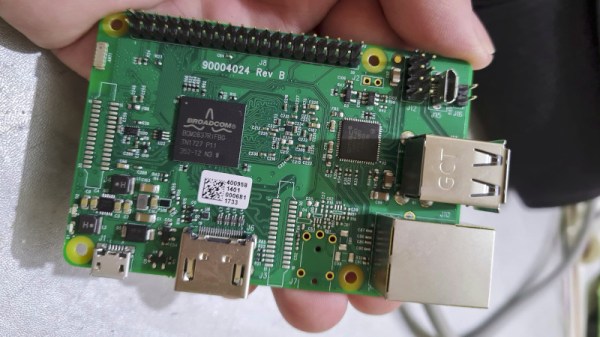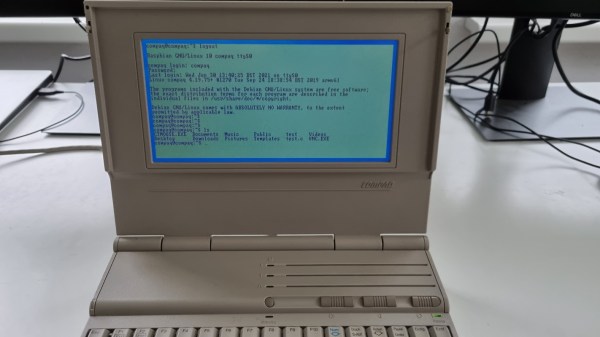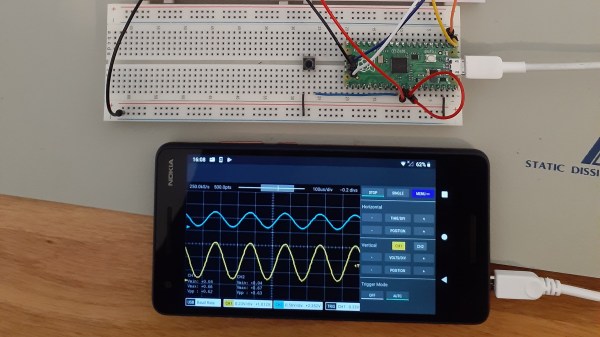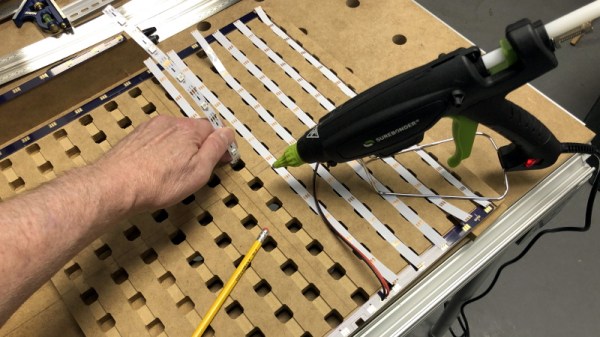We all need someone to talk to sometimes, and the pandemic has only made matters worse when it comes to the number of people living with anxiety and depression. Exchanging the simplest of pleasantries can make you feel whole again, but the masks make it hard to engage with strangers and judge their emotions, so your big trip to the grocery store can make you feel lonely in a crowd.
So you go back home, still feeling lonely, and maybe you turn on the TV. Watching people interact is probably the next best thing to actual interaction, and it might even make you laugh. But have you ever wished you could talk to the people on TV? With [aniketdhole]’s EMOJO chatbot, you’ll feel as though you’re among friends. And technically you are — all the dialogue is from the TV show Friends.
In Castaway, Tom Hanks didn’t give that volleyball a frowny face, now did he? Nor does he have a dopey grin. Instead, he wears a wry smile that suggests depth of character and a grasp of the dire situation at hand. But now we have emoji, and they do a pretty good job of conveying and evoking emotion. EMOJO is a visual chatbot that uses voice and emoji to make easy, two-way conversation to help chase the loneliness away. It uses a Raspberry Pi and a TFT display to take voice input from a Bluetooth headset, convert it to text, and then respond in kind with both voice and text. It was a finalist in the rethink displays round of the Hackaday Prize, and we can’t wait to see how its character develops. Be sure to check out the demo after the break.


















